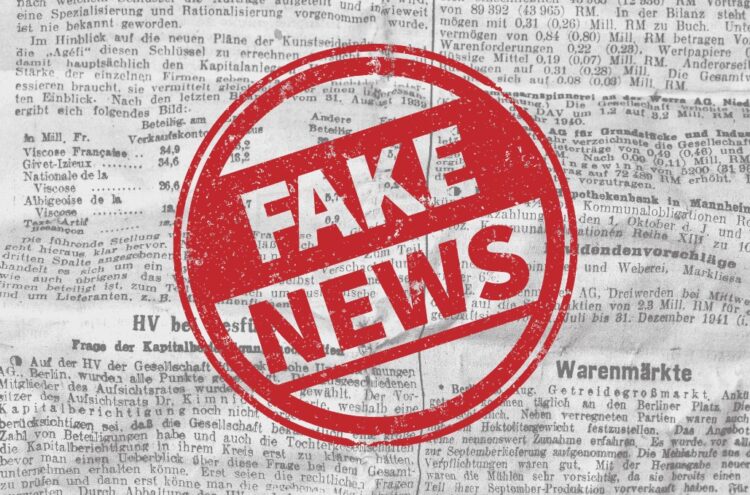Media literacy education is more than just reading skills; it fundamentally prepares students to question, analyze, and communicate effectively in a complex world. It builds critical thinking skills development, equipping young minds to tackle the waves of misinformation that flood their feeds daily.
With organizations like project look sharp pioneering comprehensive approaches to integrating these essential skills into K-12 curricula, educators are urged to adopt strategies that foster inquiry and strong communication abilities in students. If you want to learn more about proper child care, click here.
The goal is clear: prepare future generations to thrive in an increasingly intricate information landscape.
Table of Contents
Introduction to Media Literacy Education
Media literacy education has increasingly become a pivotal component in today’s learning landscape. Originally focused on shielding individuals from harmful content, the paradigm has shifted toward empowering students with critical thinking and media production skills. This evolution aligns with the recognized importance of media literacy in fostering informed consumers of information.
The National Association for Media Literacy Education (NAMLE) plays a crucial role in promoting programs aimed at enhancing critical thinking and effective communication among students. By understanding diverse media formats—such as print, audio, and visual—students gain insights into how these mediums shape perceptions and influence attitudes.
Understanding the Importance of Critical Thinking Skills Development

Critical thinking skills are essential for individuals navigating through an information-heavy world. These skills enable students to analyze data critically, assess the credibility of sources, and make informed decisions based on thorough evaluation. The importance of critical thinking extends beyond academic success, shaping the ability to engage meaningfully in civic discussions and community activities.
The role of critical thinking in media literacy is significant, as it empowers individuals to discern reliable information from misinformation. In a society overwhelmed by diverse media channels, the capacity to filter and assess content becomes crucial. Engaging with media critically not only fosters personal resilience but also contributes to the overall well-being of the community.
“The development of critical thinking skills not only prepares students to navigate the complexities of media but also equips them to become informed, active citizens.”
Effective Methods for Teaching Media Literacy and Critical Thinking
Increasingly, educators recognize the significance of incorporating media literacy into classroom instruction. Utilizing a range of strategies helps to foster critical thinking skills and media literacy simultaneously. Emphasizing the importance of integrating media literacy across various subjects enables students to engage meaningfully with content, allowing them to analyze and interpret diverse media effectively.
Integrating Media Literacy Across the Curriculum
A comprehensive approach to teaching media literacy involves embedding its principles into existing subjects rather than isolating it as a standalone topic. Teachers can implement several strategies to achieve this, such as:
- Creating lesson plans that encourage students to assess media sources critically.
- Designing activities that focus on controversial topics, and stimulating discussions that promote critical viewpoints.
- Incorporating project-based learning where students develop their own media content.
Digital Literacy Instruction ─ Key Components

Digital literacy instruction serves as a vital component in modern education, focusing on equipping students with essential skills. It emphasizes critical competencies, such as identifying reliable sources and creating engaging digital content, allowing learners to navigate the complex landscape of information effectively.
Identifying Reliable Sources
Developing the ability to discern trustworthy information is fundamental within Digital Literacy Instruction. Educators can guide students through methods for assessing the credibility of various sources. Considerations may include:
- Evaluating the author’s qualifications and expertise
- Assessing the publication date for relevance
- Examining the domain of the source, prioritizing educational and government sites
Creating Engaging Digital Content
Creating engaging digital content allows students to express their understanding in innovative ways. Hands-on projects foster a creative environment where students can explore different formats, such as:
- Video presentations that showcase research findings
- Infographics that summarize information visually
- Podcasts that facilitate oral communication skills
Information Literacy Strategies for Educators

Effective education in information literacy requires comprehensive strategies that empower students. By implementing methods that promote critical analysis, educators can significantly enhance their students’ ability to assess information critically. Information literacy strategies aim to cultivate a mindset that values scrutiny and understanding over passive consumption.
Encouraging Critical Analysis of Information
One key component involves encouraging critical analysis of various information sources. Educators can facilitate classroom discussions around current events, inviting students to reflect on the motives behind different media portrayals. Techniques such as comparing differing viewpoints, analyzing the framing of information, and questioning the credibility of sources lay a solid foundation for fostering a discerning approach among students.
Developing Research Skills in Students
In parallel, developing research skills becomes essential in the information-rich landscape. Educators should emphasize qualitative and quantitative research methodologies, empowering students to gather and evaluate data effectively.
A collaborative learning environment, along with the Civic Online Reasoning curriculum from Stanford University, provides practical resources to enhance these skills and further nurture a culture of inquiry and critical thinking in classrooms.
Misinformation Analysis Techniques for Students
In today’s digital landscape, understanding misinformation is essential for students to navigate the vast array of information available online. Educators play a crucial role in equipping students with Misinformation Analysis Techniques that enable them to discern fact from fiction.
These techniques start with a clear understanding of the types of misinformation that exist, including misinformation, disinformation, and misinformation. Each category has distinct characteristics that help students become more critical consumers of information.
Understanding the Types of Misinformation

Misinformation refers to inaccurate information that is spread without intending to cause harm, while disinformation is deliberately crafted to mislead. Misinformation, on the other hand, involves factually accurate information used in a way that misleads.
These definitions provide a foundation for students to critically analyze media content and recognize the potential pitfalls of each type. Awareness of these distinctions empowers learners to approach information with skepticism and analytical rigor.
Tools for Evaluating Credibility
To effectively combat misinformation, students must also develop robust Evaluating Credibility skills. They can utilize various tools for assessing the reliability of information sources. This includes examining the author’s credentials, the publication platform, URLs, and the overall accuracy of the content presented.
Resources like the CISA Toolkit and the CDC Social Media Toolkit can serve as invaluable guides for educators, helping them introduce practical techniques that promote responsible media consumption. By integrating these strategies into lesson plans, educators can foster a culture of critical thinking and informed decision-making among their students.
